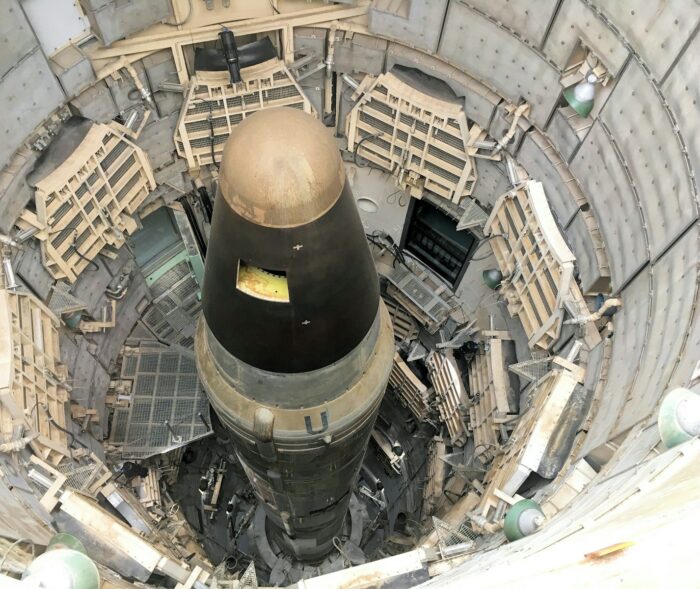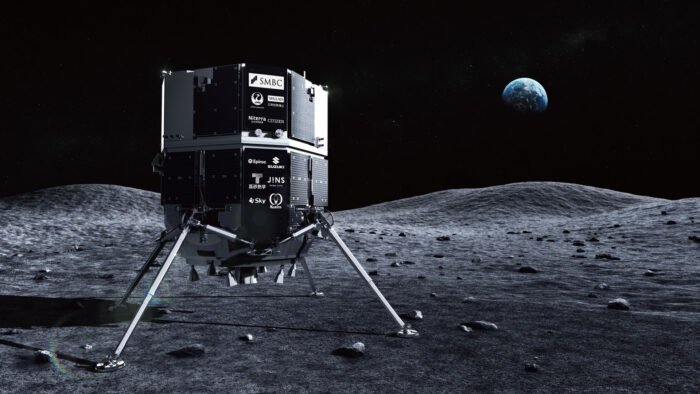Insider Brief
- ispace has signed a memorandum of understanding with Magna Petra to develop a sustainable lunar economy by supporting the extraction and utilization of resources from the Moon.
- Under the agreement, Magna Petra will leverage ispace’s capabilities in cislunar transportation and lunar infrastructure to advance its efforts in harvesting helium-3 isotopes.
- ispace’s multi-mission roadmap includes lunar missions set to launch in 2025, 2026, and 2027.
ispace, a global leader in lunar exploration, announced it has signed a memorandum of understanding with Magna Petra, a company focused on lunar resource extraction, to collaborate on upcoming missions. The partnership aims to develop a sustainable lunar economy by supporting the extraction and utilization of resources from the Moon.
Under the agreement, Magna Petra will leverage ispace’s capabilities in cislunar transportation and lunar infrastructure to advance its efforts in harvesting helium-3 isotopes. This isotope holds potential for use in clean energy production on Earth. Magna Petra’s proprietary technology integrates artificial intelligence, NASA-developed instrumentation, and advanced systems for isotope extraction and isolation, ensuring minimal impact on the lunar surface.
“This collaboration is an important step in establishing a sustainable lunar resource economy,” said Jeffrey Max, CEO of Magna Petra. “ispace’s expertise and innovation make them an ideal partner for our mission objectives.”
ispace’s CEO, Takeshi Hakamada, emphasized the growing importance of diversifying lunar resources. “The cislunar economy depends on the efficient use of various resources, and we are committed to supporting partners like Magna Petra in their efforts,” he stated.
ispace’s multi-mission roadmap underscores its leadership in the sector. The company plans several key missions over the next few years:
- Mission 2 (2025): Led by ispace Japan, this mission will feature the RESILIENCE lander and the TENACIOUS micro-rover, designed to test regolith extraction and surface mobility.
- Mission 3 (2026): Directed by ispace-U.S., this mission will debut the APEX 1.0 lander for additional technological demonstrations.
- Mission 6 (2027): Utilizing the Series 3 lander, ispace Japan aims to further expand capabilities in lunar surface operations.
This collaboration aligns with both companies’ goals to address critical supply chain challenges on Earth through innovative space-based solutions. As these missions progress, they mark a significant step toward realizing the economic potential of the Moon while prioritizing sustainability.
Image credit: ispace
Share this article:










